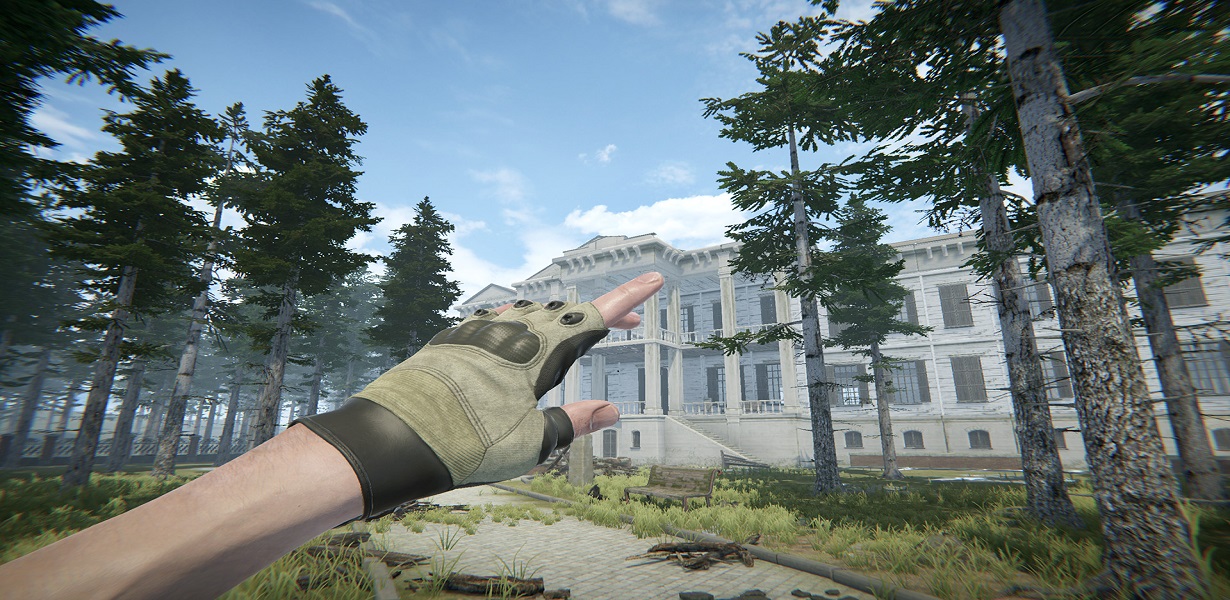
Urban exploration, commonly known as Urbex, is an adventure that takes enthusiasts beyond the well-trodden paths of bustling cities. With a focus on abandoned structures, forgotten spaces, and hidden histories, urban exploration offers a unique perspective on the urban environment. Imagine stepping into derelict factories, deserted asylums, and overgrown train yards – each location echoes with whispers of the past and holds untold stories waiting to be discovered.
Understanding the Urban Explorer’s Mindset
To truly appreciate urban exploration, one must adopt the mindset of an intrepid investigator. Urbex is not merely about sightseeing; it’s about immersing oneself in the spirit of adventure and curiosity. Urban explorers view dilapidated structures as portals to the past, where the layers of time peel away to reveal the authentic essence of a city. The allure lies in the thrill of the unknown and the connection with history that flourishes in the forgotten corners.
The Art of Location Scouting
Successful urban exploration hinges on meticulous location scouting. It involves researching potential sites, understanding their historical significance, and assessing their accessibility and safety. Online communities and forums play a pivotal role in sharing information about hidden gems and offbeat locations. As we venture into abandoned buildings and underground tunnels, we become modern-day treasure hunters, unearthing the jewels of the past.
Unveiling Hidden Histories
Abandoned hospitals that once echoed with the footsteps of medical staff now offer a glimpse into the evolution of healthcare. Decaying schools whisper stories of bygone generations. These places hold within them the memories of people who lived, learned, and worked there. As we explore, we capture these moments through photographs, documenting the passage of time and preserving a piece of history that might otherwise be lost.
Navigating Legal and Ethical Boundaries
Urban exploration walks a fine line between adventure and legality. While the allure of forbidden places can be irresistible, respecting private property and adhering to local laws is paramount. Trespassing not only endangers the explorer but can also lead to irreversible damage to historical sites. As responsible adventurers, we prioritize ethical exploration, seeking permission whenever possible and leaving places as we found them.
Safety First: Challenges and Precautions
Venturing into abandoned structures comes with inherent risks. Collapsing floors, mold, and hazardous materials pose threats that demand caution. Explorers equip themselves with appropriate gear, such as sturdy footwear, masks, and gloves. Communicating our whereabouts with someone trustworthy is a vital safety measure. By approaching exploration with preparation and vigilance, we ensure a safer journey into the past.
Photography: Capturing Time’s Essence
Photography is an integral aspect of urban exploration, allowing us to freeze moments in time and immortalize the beauty of decay. The interplay of light and shadow within dilapidated halls creates an eerie, almost poetic atmosphere. Each photograph becomes a canvas, narrating tales of splendor and abandonment. Through the lens, we share our discoveries, inviting others to glimpse the world we uncover.
The Urban Renaissance: Transforming Spaces
Interestingly, some urban explorers are not content with merely uncovering the past; they aspire to breathe new life into forgotten spaces. With creativity and dedication, they repurpose abandoned structures into art galleries, community spaces, and more. This urban renaissance merges the past with the present, rewriting the narratives of places that were once deemed lost.
Final Words
Urban exploration transcends the ordinary and ventures into the realm of mystery and history. It’s about wandering through the forgotten corners of cities, hearing the whispers of the past, and capturing the beauty of decay through the lens. Ethical exploration, safety, and a keen eye for hidden treasures define this captivating adventure. Join us in our quest to unravel the enigmatic stories woven into the urban fabric.
Commonly Asked Questions
Q1: Is urban exploration legal?
A1: Urban exploration exists in a legal gray area. While exploring abandoned places is alluring, respecting property rights and adhering to local laws is crucial. Seek permission when possible and prioritize safety and ethics.
Q2: What gear do I need for urban exploration?
A2: Essential gear includes sturdy footwear, gloves, masks, and a reliable flashlight. Dress appropriately for the environment, and carry a first aid kit. Communicate your plans with someone trusted.
Q3: How do I find urban exploration locations?
A3: Online forums, social media groups, and dedicated websites are treasure troves of information. Research potential sites, understand their history, and assess accessibility before venturing out.
Q4: What safety precautions should I take?
A4: Safety is paramount. Always research the location beforehand, be aware of potential hazards, and carry necessary protective gear. Share your exploration plans with someone and have a communication plan in place.
Q5: Can urban exploration contribute positively to communities?
A5: Absolutely. Some explorers transform abandoned spaces into community hubs or art installations, breathing new life into forgotten areas and fostering a connection between past and present.





